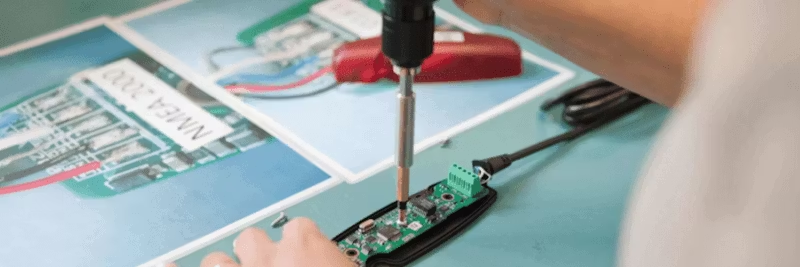Cart
Discount: 0.00 CZK
Discount: 0.00 CZK
Digital Skipper |18/05, 2023

Communication protocols for marine and vehicle systems can be complex. Two of the most widely used are J1939 and NMEA 2000. In this guide, we compare these protocols and help you determine which one is best suited for your needs.
J1939 is a CAN-based communication protocol primarily used in heavy-duty vehicles and marine applications. It provides a standardized way for electronic devices to communicate, improving control, monitoring, and safety. The protocol defines message formats, priority, and identification, allowing devices from different Manufacturer to work together.
NMEA 2000 is a CAN-based protocol developed for marine systems. It is used to connect devices such as GPS, sonar, and sensors. Like J1939, it enables fast and reliable communication between devices, improving safety and efficiency on board.
Both protocols use a bus network architecture, which simplifies installation and reduces cabling. Perfect for large vehicles and vessels with many systems.
Both are based on the CAN protocol, which provides robust error handling and fast data transfer – crucial for real-time applications.
Both J1939 and NMEA 2000 support speeds up to 1 Mbps, ensuring fast and accurate data transfer.
Both protocols have mechanisms to detect and correct errors in real-time, increasing system reliability.
J1939 is primarily used in heavy-duty vehicles, while NMEA 2000 is the standard in the marine Industry. However, J1939 is also found on large vessels and offshore platforms.
J1939 uses Parameter Group Numbers (PGN) to structure data, while NMEA 2000 groups messages into functional categories. This affects how data is exchanged and integrated.
J1939 uses Deutsch connectors, while NMEA 2000 uses Micro-C connectors adapted for marine environments. Adapters may be needed when integrating between systems.
Both J1939 and NMEA 2000 are robust and efficient protocols with similar basic principles but different application areas. The choice depends on your application – vehicle or marine systems – as well as compatibility and environmental resistance requirements.